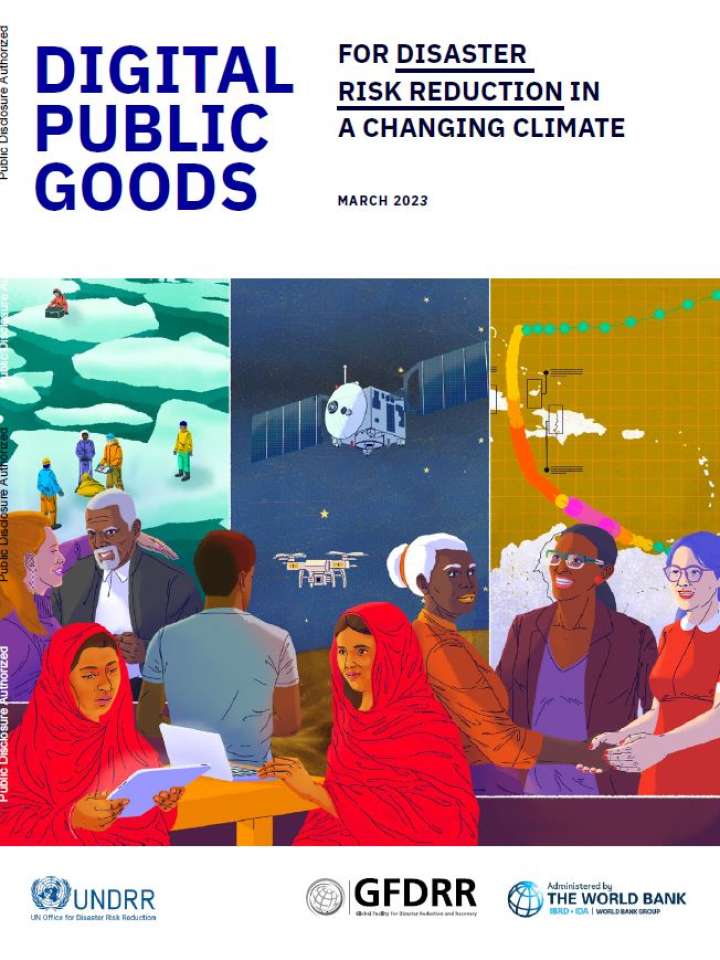Digital public goods for disaster risk reduction in a changing climate
This briefing note aims to promote and explore ways that digital public goods can support disaster risk reduction. It starts by providing a series of definitions and historical context, before delving into the prevailing trends and opportunities that promote the use of open resources to support disaster risk reduction. The growth of the disaster and climate risk analysis has largely taken place through the development of proprietary models and data only accessible to a restricted group of users. However, core digital assets have received a push early this century to open access so that larger populations can benefit from their use as public goods. This includes: (i) data used to produce evidence on past disasters or climatic conditions; (ii) models used by scientists to run future climate risk scenarios; (iii) technology and standards for disaster risk modeling; and (iv) crowdsourced maps created by volunteers and used by governments to prepare for and respond to crises.
The target audience for this note includes governments, international organizations, and other institutions that might want to play a role in advancing digital public goods. While the note focuses on disaster risk reduction, preventing new and reducing existing disaster risk, it also addresses the broader aspects of resilience and climate change adaption and might be of interest to practitioners or decision makers in those fields. Finally, this briefing note is a result of a collaboration between the United Nations Office for Disaster Risk Reduction (UNDRR) and the Global Facility for Disaster Reduction and Recovery (GFDRR) with inputs from 40 people gathered through a virtual workshop in November 2021. While short and concise, this paper aims to inspire more discussions and actions at the nexus of digital technologies, disaster risk management, and international development.
